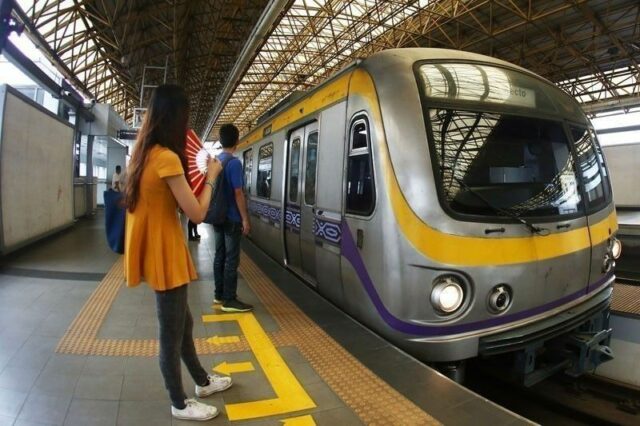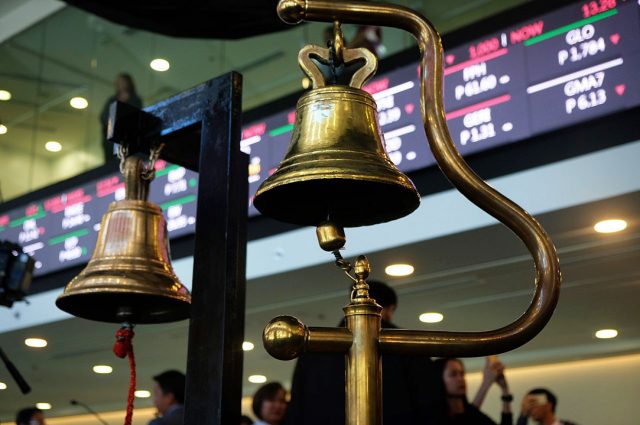“This shows the danger of having tariffs that are under the unilateral control of one man,” declared Brad Setser, a former US trade official now with the Council on Foreign Relations (an independent American think tank focused on US foreign policy and international relations). “Trump’s action could easily spiral into a damaging trade war between the two democracies,” he added.
US President Donald Trump launched his global tariff assault into overdrive on Wednesday, July 9, announcing a new 50% tariff on US copper imports and a 50% duty on goods from Brazil, both to start on Aug. 1, the news agencies reported. The announcement came hours after he also informed Brazil that its “reciprocal” tariff on Aug. 1 would rise to 50% from 10%, a shockingly high level for a country with a balanced US trade relationship.
Brazilian President Luiz Inacio Lula da Silva responded to Trump’s letter by issuing a statement saying that any unilateral measure to increase tariffs would be met with a response in accordance with Brazilian law. Brazil is the 15th largest US trading partner, with total two-way trade of $92 billion in 2024, and a rare $7.4 billion US trade surplus, according to US Census Bureau data.
Trump has enacted a series of steep protective tariffs affecting nearly all goods imported into the United States. From January to April, the average applied US tariff rate rose from 2.5% to an estimated 27%, the highest level in over a century, according to Politico. Following later policy rollbacks, the rate was estimated as 15.8% as of June.
“Trump’s administration has been touting those tariffs as a significant revenue source. Treasury Secretary Scott Bessent said Washington has taken in about $100 billion so far and could collect $300 billion by the end of the year. The United States has taken in about $80 billion annually in tariff revenue in recent years,” Rappler noted. The Trump administration promised “90 deals in 90 days” from negotiations for counterproposals after he unveiled an array of country-specific duties in early April. So far, only two agreements have been reached, with Britain and Vietnam. Even before the end of the 90 days, the countries who had not negotiated before the July 30 deadline were already slapped with elevated tariffs from the baseline 10% set in April.
All to Make America Great Again (MAGA), as Trump repeats ad nauseum. But even his best friend, billionaire Elon Musk, became disgruntled with him. Musk stepped down from his formal advisory role, ending his tenure with the Department of Government Efficiency. Just before leaving, he had criticized one of Trump’s key policies — the so-called “big beautiful bill.” Musk publicly called it a “massive spending bill” that added to the federal deficit.
Does Trump make the ordinary American happy? Following Trump’s announcement of higher tariffs for imports, US research group Yale Budget Lab estimated consumers face an effective US tariff rate of 17.6%, up from 15.8% previously and the highest in nine decades.
“Seven in 10 Americans think President Donald Trump’s tariffs on international trade will drive up US inflation… fueling a 64% disapproval rate of how he’s handling the issue. Even nearly half of Republicans — 47% in the ABC News/Washington Post/Ipsos poll — said they think tariffs will negatively impact inflation. That jumps to 75% among independents… Democrats… are roundly opposed to the tariffs” (abcnews.go.com on April 26).
Donald Trump has the lowest 100-day job approval rating of any president in the past 80 years, with public pushback on many of his policies and extensive economic discontent, including broad fears of a recession, according to the ABC News/Washington Post/Ipsos poll.
Trump has set the world spinning like a giddy top jerked free from its string. “Trade Wars are good,” he said, even way back in his first term as president in 2017-2021. “For decades, the US was the biggest driving force behind moves to stimulate more international trade. Now it’s the most important sceptic,” the BBC pointed out in January 2018.
On his Truth Social media platform, Trump has issued tariff notices to seven minor trading partners that exported only $15 billion in goods to the US last year: a 20% tariff on goods from the Philippines, 30% on Sri Lanka, Algeria, Iraq, and Libya, and 25% on Brunei and Moldova. This is in addition to 14 others issued earlier in the week including letters setting 25% tariffs on powerhouse US suppliers South Korea and Japan, which are also to take effect Aug. 1 — barring any trade deals reached before then, Reuters reported on July 10.
“I always say ‘tariffs’ is the most beautiful word to me in the dictionary,” he said at a rally just hours after his inauguration in January. “Because tariffs are going to make us (America) rich as hell. It’s going to bring our country’s businesses back that left us” (Economic Times, April 15).
He raised tariffs on China to 145%. “If the US insists on continuing to substantially infringe on China’s interests, China will resolutely counter and fight to the end,” a Chinese Finance Ministry spokesman said, as he announced that China would raise tariffs on US goods from 84% to 125%, according to AP in April. That’s a trade/tariff war.
“There are no winners in a tariff war,” Chinese leader Xi Jinping said during a meeting with the Spanish Prime Minister Pedro Sanchez. China has until Aug. 13 to “negotiate.”
When the two richest countries in the world fight, the rest of the world cannot help but be drawn into a fight for their survival. Countries around the world have until Aug. 1 to strike a deal with the US. But they are likely wondering about their chances given that Japan, a staunch ally that has been openly pursuing a deal, is still facing a steep 25% on Japanese goods. Vietnam was the first country in Asia to strike a deal, is now facing levies up to 40%. The same goes for Cambodia. A poor country heavily reliant on exports, it has been negotiating a deal as Trump threatens 35% tariffs, according to the BBC.
In separate July 9 letters, Trump said he would impose 30% tariff rates on imports from Libya, Sri Lanka, Iraq, and Algeria. He said Moldova and Brunei would face 25% tariffs, while the Philippines would be hit with a 20% rate. In letters addressed to leaders of the countries he’s targeting, Trump has said, “If for any reason you decide to raise your tariffs, then, whatever the number you choose to raise them by, will be added onto” the amount the United States plans to charge. Is that “negotiation”?
In his letter to President Ferdinand “Bongbong” Marcos, Jr., Trump informed him that, “We will charge the Philippines a tariff of only 20% on any and all Philippine products sent into the United States, separate from all Sectoral Tariffs.” Trump’s decision to increase the reciprocal tariff rate for Philippine goods by three percentage points from the 17% originally announced came as a surprise as since May Philippine investment ministers have repeatedly expressed confidence in a favorable outcome of the negotiations with their American counterparts.
“The Philippines does not run a massive trade surplus with the United States… In 2024, Philippine exports to the US totaled around $14 billion, consisting largely of electronics, semiconductors, garments, and agricultural goods like bananas and canned tuna. In return, the country imported over $9 billion worth of American goods: aircraft parts, soybeans, corn, machinery, and consumer products. The trade imbalance is around $5 billion in the Philippines’ favor,” Rappler reported.
“(But) if the Philippines and other countries retaliate with countermeasures such as tariffs on US goods or restrictions on market access, it could escalate into a full-scale trade war. This could disrupt global supply chains, especially in sectors like electronics and intermediate goods, where Philippine exports are deeply embedded in multinational production networks. A prolonged trade war would deter foreign investment, weaken global demand, and put pressure on Philippine households and businesses through higher prices. Trade disputes also have a way of spilling over into diplomatic relations, meaning the Philippines must tread carefully to protect its long-term interests,” an analysis by the UP center for Integrative and Development Studies in March advised.
Amelia H. C. Ylagan is a doctor of Business Administration from the University of the Philippines.
ahcylagan@yahoo.com









![Tiny-doctors-examining-gut-flora-flat-vector-illustration-[Converted]](https://www.bworldonline.com/wp-content/uploads/2025/07/Tiny-doctors-examining-gut-flora-flat-vector-illustration-Converted-640x360.jpg)





